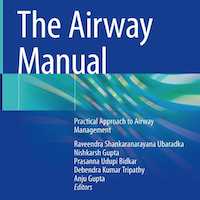Stories Category: Intensive Care
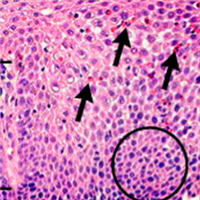
Eosinophilic Esophagitis
Once considered a rare condition, eosinophilic esophagitis is now one of the most common conditions diagnosed during the assessment of feeding problems in children and during the evaluation of dysphagia and food impaction... read more

Carotid Blowout Syndrome: Modern Trends in Management
Carotid blowout syndrome (CBS) refers to rupture of the carotid artery and is an uncommon complication of head and neck cancer that can be rapidly fatal without prompt diagnosis and intervention. CBS develops when a damaged... read more
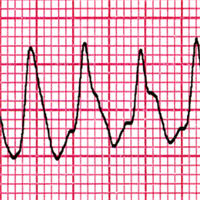
Electrical Storm and Incessant Ventricular Tachycardia
Electrical storm, also referred to as arrhythmic storm, refers to multiple recurrences of ventricular arrhythmias over a short period of time. In most instances, the arrhythmia is ventricular tachycardia (VT), but polymorphic... read more
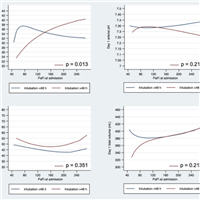
Intubation Timing As Determinant Of Outcome in Patients with ARDS By COVID-19 Infection
In COVID-19 patients, late intubation, Pafi ... read more
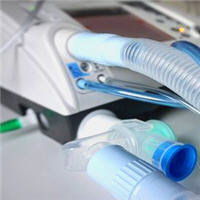
Discordance Between Respiratory Drive and Sedation Depth in Critically Ill Patients Receiving Mechanical Ventilation
Sedation depth is not a reliable marker of respiratory drive during critical illness. Respiratory drive can be low, moderate, or high across the range of routinely targeted sedation depth. 56 patients undergoing 197 bedside... read more
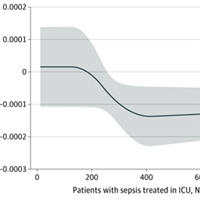
Higher ICU Sepsis Case Volume Associated with Significantly Lower Hospital Mortality
In this cohort study of 273,001 patients with sepsis at 231 ICUs in the UK, a higher annual sepsis case volume in the ICU was associated with significantly lower hospital mortality, and this association had no significant... read more
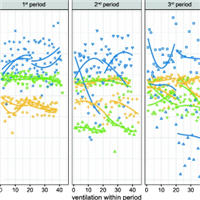
Reliability of Mechanical Ventilation During Continuous Chest Compressions
All investigated transport ventilators were able to provide alveolar ventilation even though chest compressions considerably decreased tidal volumes. Our results support the concept of using ventilators to avoid excessive... read more

Artificial Intelligence Hold Promise in the ICU
In a 2018 article entitled “Human Cognitive Limitations”, the University of Utah's Alan Morris estimated the number of variables an intensivist has to take into account for a patient on mechanical ventilation. He... read more
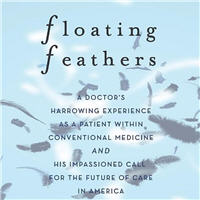
Floating Feathers: A Doctor’s Harrowing Experience as a Patient Within Conventional Medicine and an Impassioned Call for the Future of Care in America
Dr. Ross I.S. Zbar spent his career as a plastic surgeon, in the US as well as abroad in developing countries, mending disease- and trauma-related deformities--and he was never hesitant to make his voice heard as an advocate... read more

Selective serotonin reuptake inhibitors or serotonin-norepinephrine reuptake inhibitors in pregnancy
This position statement provides guidance for the monitoring, care, and follow-up of newborns exposed to selective serotonin reuptake inhibitors (SSRIs) or serotonin-norepinephrine reuptake inhibitors (SNRIs) in utero. Depression... read more
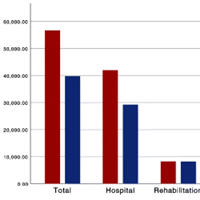
Intensive care–treated cardiac arrest: a retrospective study on the impact of extended age on mortality, neurological outcome, received treatments and healthcare-associated costs
The elderly ICU-treated CA patients in this study had worse neurological outcomes, higher mortality and lower cost-effectiveness than younger patients. Elderly received less intense treatment. Further efforts are needed... read more

COVID-19: a boost for intensive care authorship?
Almost 180 million cases of COVID-19 have been diagnosed, with almost 4.000.000 deaths. Since this pandemic had unprecedented worldwide healthcare and socio-economic effects, the scientific world is under exceptional pressure... read more
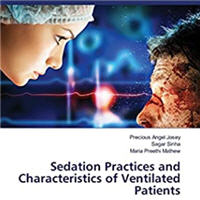
Sedation Practices and Characteristics of Ventilated Patients
Patients on mechanical ventilator experience anxiety and physiological stress. Sedating them can help those patients to cope up with ET tube, to bear all the interventions, for accessing adequate oxygenation and above... read more
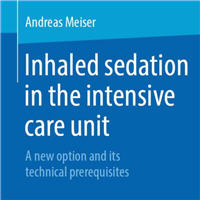
Inhaled Sedation in the ICU: A New Option and Its Technical Prerequisites
Andreas Meiser summarizes the current literature on inhalation sedation of critically ill patients. To meet clinical demands, he describes the development of new devices to administer volatile anesthetics together with common... read more

Diaphragm Ultrasonography in ICU: Why, How, and When To Use It?
An overview of the principles and current applications of diaphragm ultrasound and innovative ultrasound-based techniques. In the ICU, ultrasound is starting to be acknowledged as a useful tool for studying the diaphragm.... read more

Severe Neonatal Hypernatremia
Neonatal hypernatraemia at this level, in this population, is strongly associated with weight loss. It occurs almost exclusively after attempts to initiate breast feeding, occurs uncommonly and does not appear to be associated... read more

Multi-task Prediction of Organ Dysfunction in ICUs
The intensive care unit (ICU) of a hospital looks after the most medically vulnerable patients, many of whom require organ support, such as mechanical ventilation or dialysis. While always critical, the demand on ICU services... read more




